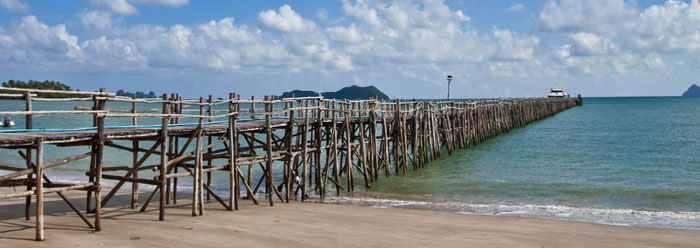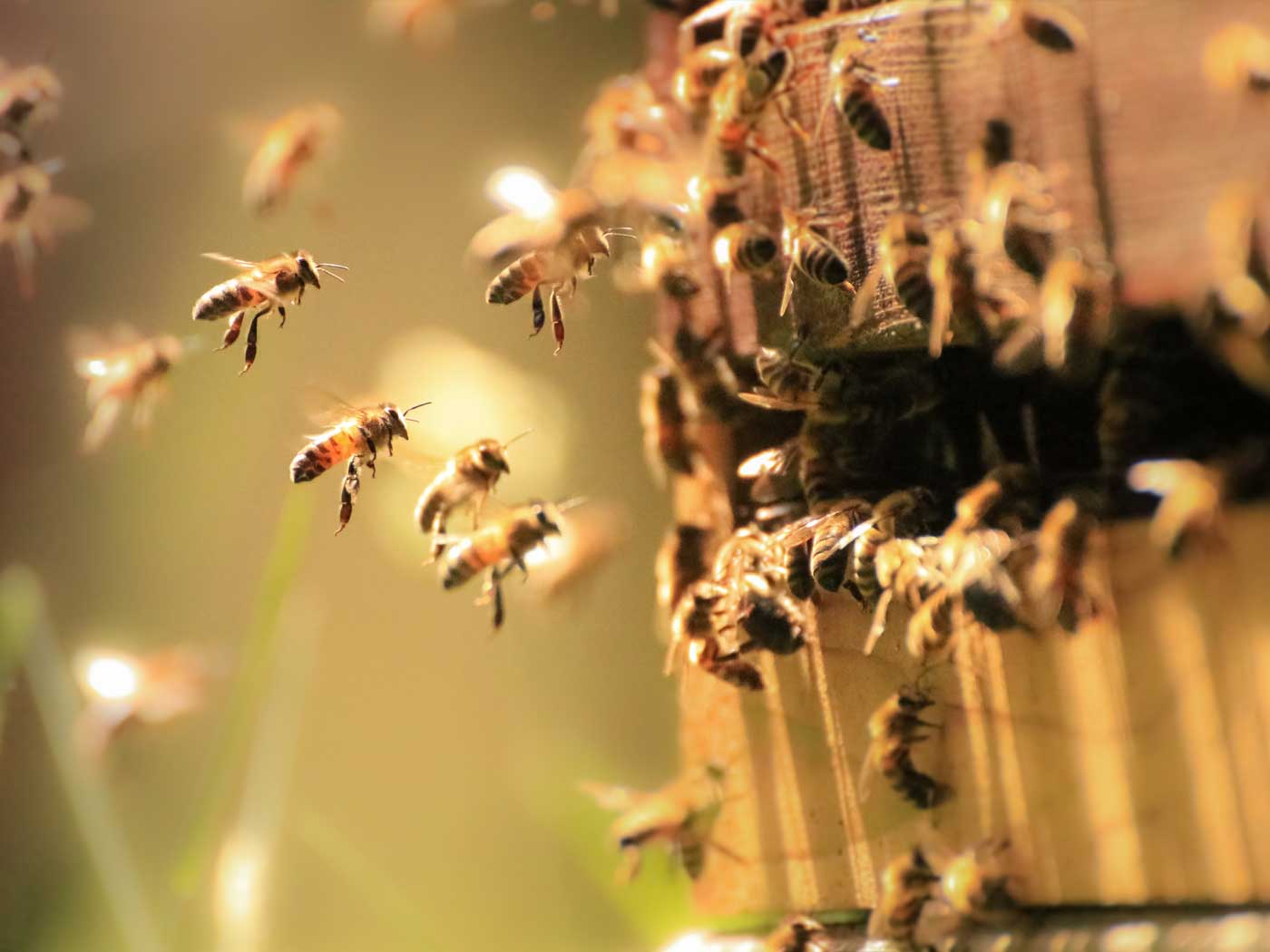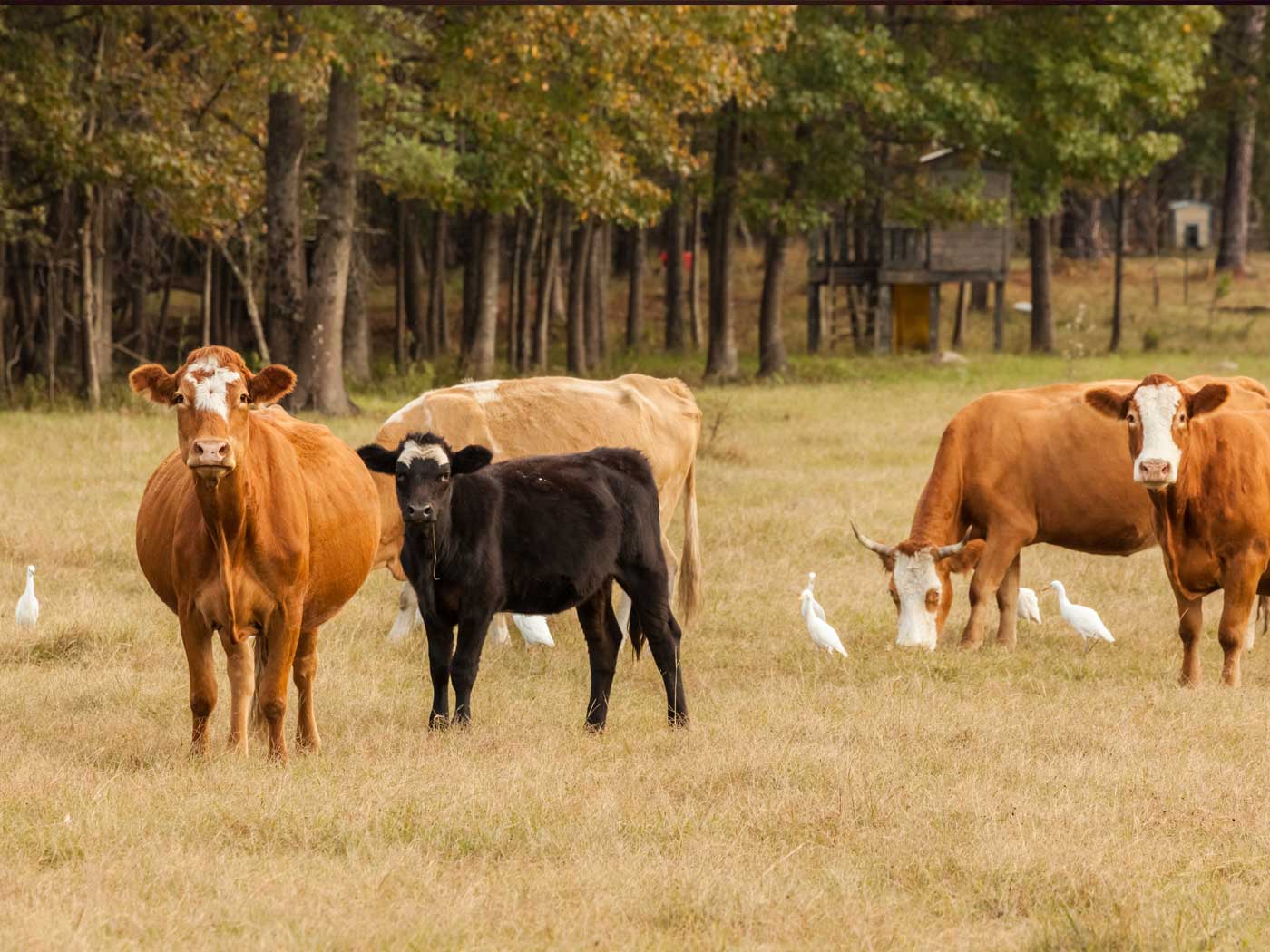Wood-boring “gribbles” have plagued wooden ships for centuries, and they continue to eat away at piers, docks, and driftwood. Just how do these tiny, pale crustaceans thrive on such tough fare? And do they fulfill any purpose other than destroying man-made marine structures?
The cellulose that is in plant cell walls harmlessly passes through the digestive systems of most animals and humans. However, certain fungi, bacteria, protists, a few clams and arthropods, and even cows have the unique ability to obtain energy by digesting cellulose. Many of them have symbiotic partners that assist in the process. For example, a cow’s “first” stomach chamber plays host to an array of fungi and microbes that manufacture the unique cocktail of enzymes required to break down the cellulose in grass.
Ocean piers are not made of flimsy grass blades. They are hard wood with cell walls that are not only made of cellulose, but are also impregnated with tough, globular molecules called lignin. Thus, researchers suspected that gribbles function interdependently with gut microbes, like termites do, to derive nutrients from this wood (also called “lignocellulose”). The microbes in the digestive systems of termites break down wood for the termites’ benefit, and in turn, the microbes rely on the termites for food and protection.
But in a study published in Proceedings of the National Academy of Sciences, UK researchers discovered that the gribbles’ guts are sterile. Thus, not only do they somehow fend off all germs from their digestive systems, they also must manufacture all their own enzymes to break down their fibrous food. The researchers analyzed the various enzymes in gribble intestine cells by mapping the RNA transcripts from just that tissue. They also looked at enzymes made by a specialized gland called the hepatopancreas that is associated with the gut.
Sure enough, they discovered that gribbles do make their own enzymes. They are the only animal yet discovered that does so. “Digestion of cellulose typically requires three major types of enzyme,”1 and all three were found in gribbles.
Not only do their gut cells have genes that code for the cellulose-digesting enzymes, but the study’s authors found evidence that certain enzymes secreted by the hepatopancreas are able to break apart lignin. They described how the lignin molecules within wood shield cellulose from the cellulose-degrading enzymes produced by the gribbles. Without some means of degrading lignin, it appears that gribbles would not survive. It is as though they were specially engineered by a person with the foresight to overcome all of the technical hurdles that stand in the way of the eventual payoff—obtaining energy from cellulose.
Of course, all these essential molecules would have no effect without the proper gross anatomy to manufacture, store, and manage them. For example, the functional integration of the gribble hepatopancreas with its digestive system—complete with tiny contracting muscles to squeeze the hepatopancreas products into the gut—and the gribble’s wood-chewing mouthparts all must have been in place at the same time for the gribble to survive the way it does. Gradually evolving parts would only have resulted in extinction before the species even got started.
But if this miniscule creature was created, what was its purpose—to cause generations of seafarers grief? Similar to the variety of land organisms that are able to digest wood, gribbles play a key role in the carbon cycle, albeit in coastal marine areas. A huge percentage of earth’s carbon is bound up in woody cellulose. Without the gribble and other wood-digesters returning carbon to the ecosystem, the carbon would be trapped within dead branches, becoming increasingly unavailable to life systems, and wood would pile up to clog river mouths and mangrove estuaries.
Thus, not only do gribbles appear to be well-constructed internally, they also appear to have been well-fitted to perform a key environmental task.
Reference
- King, A. J. et al. 2010. Molecular insight into lignocellulose digestion by a marine isopod in the absence of gut microbes. Proceedings of the National Academy of Sciences. 107 (12): 5345-5350.
* Mr. Thomas is Science Writer at the Institute for Creation Research.
Article posted on March 31, 2010.
























